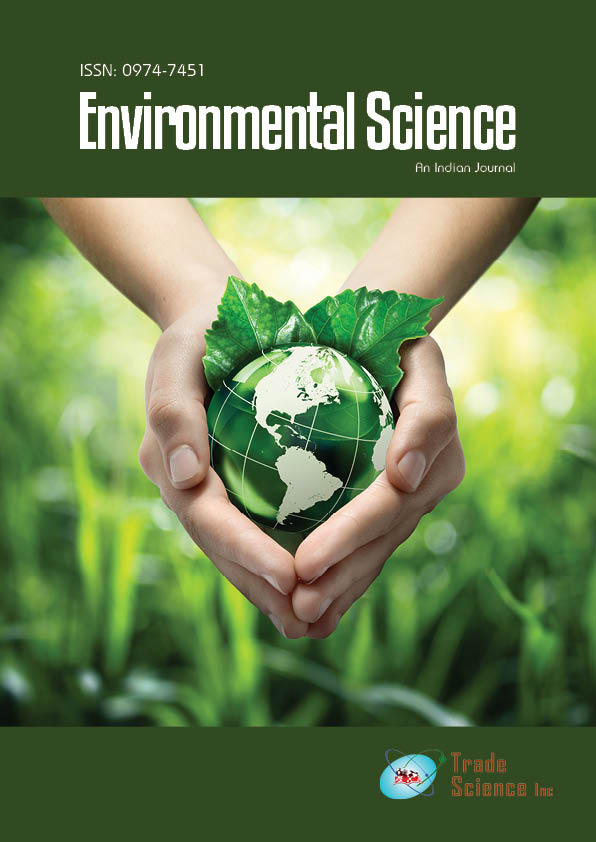抽象的
Morphological, cytological and biochemical characterization of soybean germplasm
Reda H.Sammour
Soybean oil is used in many foods, industrial and fuel products, and soybeanmeal is incorporated into animal feed. The variation in the quality and quantity of these products is basically dependent on the genetic diversity of soybean germplasm, which was evolved from the dispersion of the cultivated soybean domesticated by the Chinese farmers. The dispersion of soybean germplasmwas affected by many factors including regional adaptation and selection. A wide range of markers have been used for evaluating the genetic diversity of the cultivated and wild relative of soybean extends from morphological characters to molecular ones. In this review we focused on morphological, cytological and biochemical markers. Soybean accessions from different collections exhibited a wide range of phenotypic variation for morphological and yield traits. This variation was successful in determining: (1) the gene pool of different collections of accessions, and (2) genotypes that tolerate drought stress and other stress which is the major factor that limiting soybean yield. The variation in genome size was pronounced in Chinese germplasmcollected fromdiverse geographic locations. It has been ranged from40 to 0%. This wide range is highly reproducible. SDS-PAGE was efficiently used for identification of various genotypes of wild soybean at the inter- and intraspecific levels. Allozyme markers have been used in soybean to evaluate genetic diversity in accessions from diverse geographic regions and the alleles specific to regional population.
